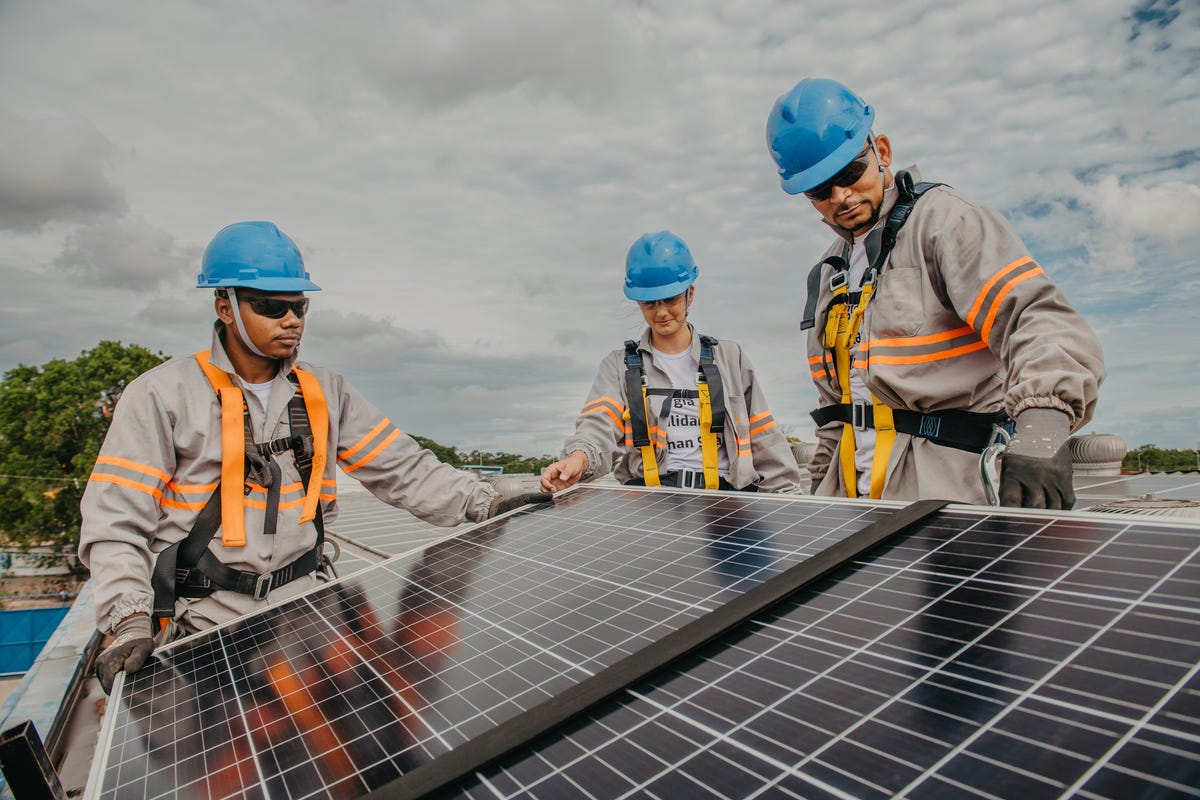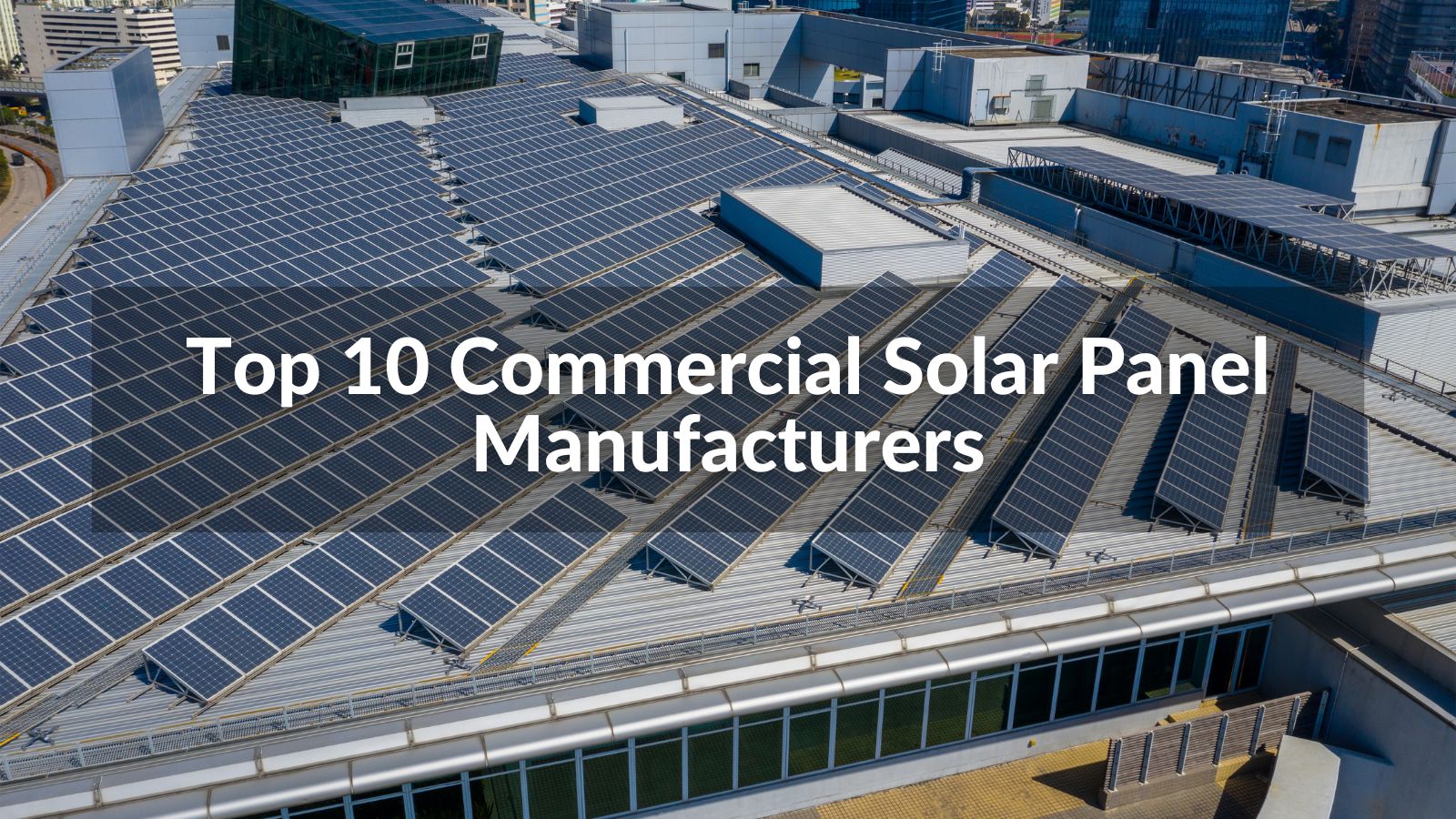Virginia Solar Tax Credit 2024: Lumina Solar Concentrates On Providing Advanced Photovoltaic Solutions For Residences And Organizations
History and Founding
Have you ever questioned how a solar panel business springs from a simple trigger of motivation into a powerhouse of renewable resource? It typically starts with a vision-- one fueled by a mix of development, decision, and a pinch of serendipity. The journey of lots of solar business mirrors the evolution of the technology itself: from large, ineffective panels to smooth, high-efficiency marvels utilizing the sun's bounty.
The Early Days
In the late 20th century, when solar energy was still a niche principle, pioneers planted seeds for what would become a worldwide movement. Picture a small workshop filled with curious engineers, tirelessly explore photovoltaic cells. Their enthusiasm was palpable, typically driven by a desire to fight climate change and lower dependence on nonrenewable fuel sources.
One such anecdote has to do with a founder who, motivated by an outdoor camping trip, understood that even in remote locations, the sun might power important devices. This simple observation triggered a company's mission to equalize access to tidy energy.
Establishing Concepts

- Development: Continuously pushing the limits of solar technology to improve performance and resilience.
- Sustainability: Dedicating to eco-friendly production and minimizing carbon footprints.
- Accessibility: Making renewable energy options budget-friendly and useful for everyday users.
Turning points in Growth
| Year | Key Event |
|---|---|
| 1985 | Company established in a small garage, focusing on research and development. |
| 1995 | Business solar panel item launched, gaining local attention. |
| 2005 | Broadened to international markets, accepting global renewable resource goals. |
| 2015 | Introduced innovative photovoltaic panel technology with enhanced energy conversion. |
Isn't it fascinating how these incremental steps, frequently neglected, form the energy landscape today? The photovoltaic panel business story is not practically innovation; it's about a ruthless quest for a brighter, cleaner future.

Innovations in Solar Panel Technologies
Ever observed how some photovoltaic panels gleam brighter and last longer? It's not magic; it's the science of photovoltaic performance. Modern photovoltaic panel companies invest heavily in technologies like bifacial cells, which catch sunshine from both sides, boosting energy harvest without broadening roofing space. Have you ever wondered why some panels perform much better on cloudy days? That is because of advances in thin-film solar innovation, which flourishes under diffused light conditions.
Product Variations Customized to Special Requirements
One size never ever fits all. Solar panel providers now provide:
- Monocrystalline panels for optimum performance and streamlined looks, perfect for space-constrained roofs.
- Polycrystalline panels, which use a cost-effective option without sacrificing too much output.
- Building-integrated photovoltaics (BIPV), merging solar tech seamlessly into architectural aspects like windows and exteriors.
Choosing the best item isn't simply about upfront cost; it has to do with matching your environment, energy objectives, and long-term cost savings. For example, homes shaded by trees require panels that stand out in low-light situations, something numerous neglect until energy expenses climb all of a sudden.
Technical Tips for Optimum Selection
- Evaluate the temperature level coefficient-- lower worths suggest panels lose less efficiency on hot days.
- Look for panels with boosted anti-reflective coverings to optimize light absorption.
- Think about the panel's service warranty not just for flaws, but for guaranteed power output over years.
- Do not underestimate the significance of the inverter technology coupled with the panels; it can make or break your system's performance.
Beyond Panels: Emerging Patterns
Picture photovoltaic panels that change their angle instantly to chase after the sun-- tracking systems are becoming more available, increasing yield significantly. Or solar tiles that mix invisibly into your roofline, transforming your home into a quiet, self-dependent power generator. These innovations are reshaping what a solar panel company offers-- not simply items, however incorporated check here energy solutions.
Market Existence and Global Operations
Ever wonder why some solar panel companies appear to sprout up in every corner of the globe while others hardly make a ripple? The difference lies not simply in technology however in mastering the art of navigating varied markets. Expanding worldwide is like planting seeds in different climates-- you must comprehend each environment's distinct conditions to flourish.
Take, for instance, the elaborate dance of logistics and supply chain management. Shipping panels halfway across the world isn't practically range; it's about timing, customs, tariffs, and adjusting to regional need variations. A business with robust international operations prepares for these variables, guaranteeing panels show up on schedule without inflating expenses. This foresight is no small feat and often separates market leaders from followers.
Secret Methods for Expanding Market Existence
- Localized manufacturing: Developing production hubs near target markets decreases shipping hold-ups and import intricacies.
- Strategic partnerships: Collaborating with local companies accelerates market penetration and constructs trust.
- Adaptive product design: Tailoring photovoltaic panel tech to weather, sun intensity, and infrastructure subtleties boosts performance and approval.
What about the human aspect? Photovoltaic panel companies running globally must reconcile cultural distinctions and regulative subtleties without forgeting their core objective. For example, what works in a sun-drenched desert may fail in a damp coastal region. In some cases, the most innovative service is just listening-- taking in local insights to refine innovation and approach.
Experts typically encourage a phased rollout instead of a shotgun expansion. Why risk overextension when determined growth builds sustainable momentum? Scaling sensibly implies balancing aspiration with functional durability - Solar Panel Company Virginia. After all, in the race for sustainable energy dominance, perseverance can be as valuable as speed
Environmental Impact and Sustainability Practices
When photovoltaic panels first emerged, lots of presumed they brought absolutely no environmental baggage. The reality is more nuanced. The production of solar batteries includes unusual earth metals and energy-intensive processes, which can leave a sizable carbon footprint before the panels even reach roofs. The true environmental expense depends heavily on the sustainability practices employed by the solar panel company throughout the lifecycle of their items.
How typically do we pause to consider what happens to solar panels at the end of their beneficial life? Unlike batteries or electronic devices, solar panels can last 25-30 years, however disposal and recycling paths stay underdeveloped in numerous regions. A business dedicated to decreasing environmental damage will have a robust plan for recycling photovoltaic materials, salvaging important silicon, glass, and metals to prevent landfill accumulation.
Key Sustainability Strategies
- Utilizing low-impact production strategies that decrease water and energy usage.
- Executing closed-loop systems to recycle production waste back into brand-new panels.
- Engaging in transparent supply chain audits to make sure ethical sourcing of raw materials.
- Designing panels for easier disassembly to help future recycling efforts.
It deserves keeping in mind that some solar business have pioneered ingenious methods, such as incorporating biodegradable parts or utilizing less hazardous chemicals throughout fabrication. This not only minimizes environmental pressure however also sets a precedent for the industry. The concern remains: can the solar market truly pivot towards a circular economy design without compromising performance or price?
Specialist Tips for Assessing Sustainability
- Inquire about the business's dedication to carbon-neutral manufacturing and whether they offset emissions.
- Examine if they partner with accredited recycling facilities devoted to solar panel waste.
- Search for openness reports detailing ecological effects and sustainability goals.
- Consider the durability and warranty of panels as an indirect measure of resource efficiency.
In the end, opting for solar energy needs to mean more than just slashing electrical energy costs; it has to do with supporting a future where energy is collected responsibly and waste is attentively handled. Photovoltaic panel business that welcome this philosophy not just brighten homes but also cast a brighter light on sustainable development.
Comments on “The Main Principles Of Residential Solar Panels Virginia ”